Modern Pilates is one of the most fun yet effective ways to strengthen and lengthen your body - 6 exercises to try
Keen to strengthen your entire body? This one's for you.
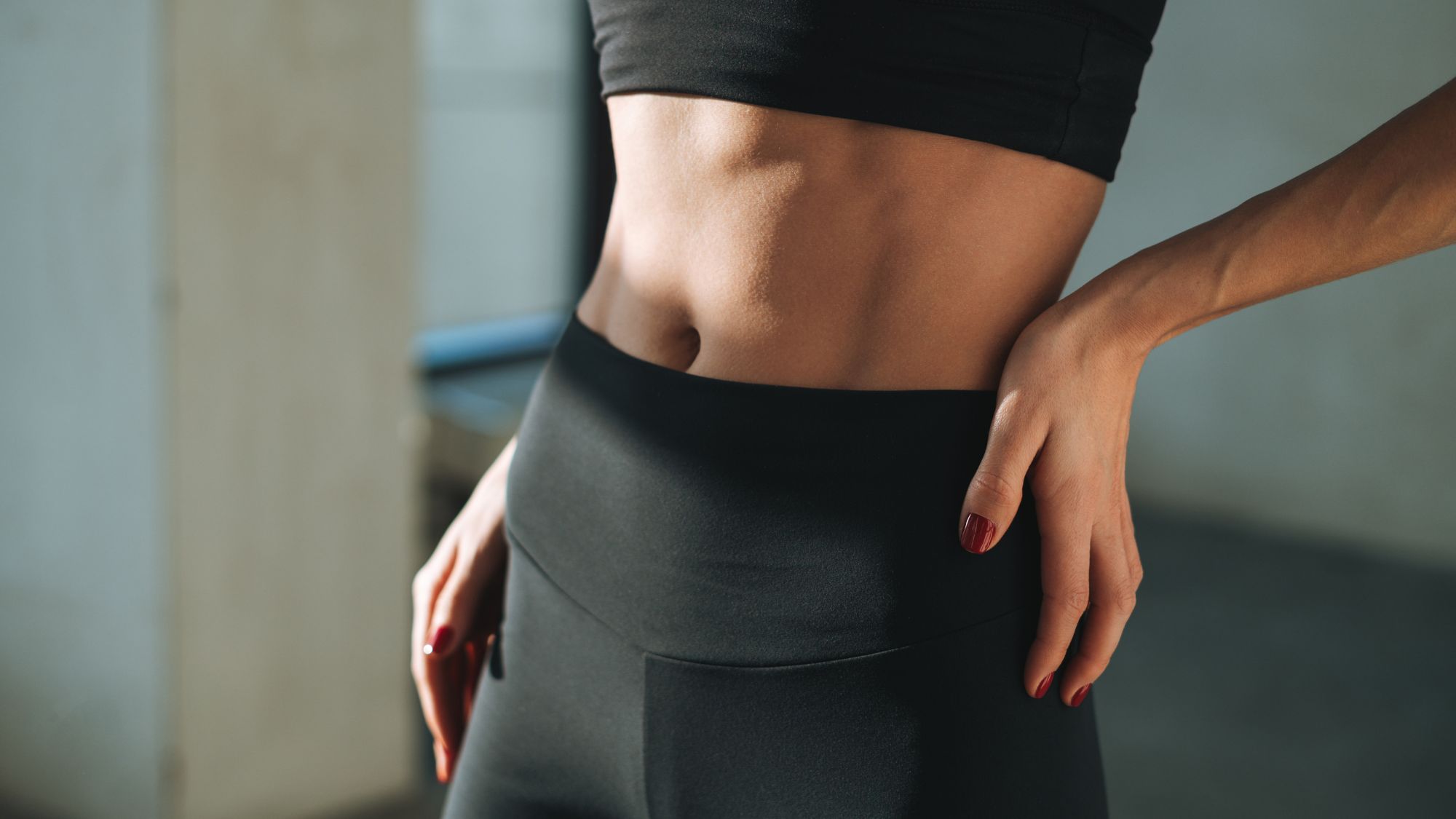

You can't fail to notice the sheer number of Pilates studios springing up on every high street in the country right now. Sleek, sophisticated and all over our socials, the effortlessly cool Pilates-girl aesthetic is certainly having a moment as more and more of us hop on the trend, and inevitably, the practice is adapting in response. Enter: modern Pilates moves.
While some of the more recent iterations of Pilates (HIIT, power, hot, wall and so on) might make the purists quake in their grippy socks, modern Pilates owes more to its eponymous founder than simply a name.
"Modern Pilates is a contemporary evolution of the classical method developed by Joseph Pilates, reimagined for today’s lifestyles, bodies, and goals," shares Catie Miller, instructor and founder of Barre Series. "It blends the foundational principles of core strength, control, and breath with updated movement patterns, functional mobility, and mindful flow for a modern take that keeps the classical roots intact."
And while the classicists may be sceptical, there's no doubt that modern Pilates is just as effective when it comes to banking those famed Pilates benefits, from improved posture and alignment to stress relief and mind-body awareness. So much so, in fact, that studies (like this one, published in the International Journal of Environmental Research and Public Health) show that regular Pilates practice encourages a healthier lifestyle and a positive reinforcement cycle, meaning the benefits more than outlast your 50-minute class.
As for strengthening and lengthening the body, Pilates is unparalleled. While we can't promise you'll notice any aesthetic changes (nor do we advocate this as a benefit), Pilates absolutely works to enhance tone and improve strength, just like its traditional counterpart.
"Much like classical Pilates, you can expect to see improved core strength, flexibility, enhanced muscle tone and not least stress reduction from a modern Pilates practice," notes Georgia Edwards, Pilates instructor at Cove Reformer Studio.
Keen to give it a go? We've rounded up the best expert-approved modern Pilates moves for you to try today; keep scrolling for more. While you're here, do check out our guides to the best Pilates workouts, period, the different types of Pilates, the best Pilates exercises for beginners, plus the best Pilates apps for boosting mental and physical wellbeing.
Marie Claire Newsletter
Celebrity news, beauty, fashion advice, and fascinating features, delivered straight to your inbox!
Modern Pilates is a fun yet effective way to strengthen and lengthen your body - 6 moves to try today
What are Modern Pilates exercises?
We've touched on the basics of modern Pilates above, but there's a little more to it than that. Classical Pilates is comprised of 34 original moves and was devised by Joseph Pilates and designed to be worked through in sequence with little to no variations. Modern Pilates, on the other hand, is all about taking the classical principles and adapting them using equipment, speed, and more.
"Modern Pilates is a contemporary evolution of the classical method created by Joseph Pilates, blending traditional exercises with current fitness principles, scientific research, and often a slightly faster, more dynamic pace," explains instructor Aleksandra Warburton. "You’ll find exercises influenced by physiotherapy, strength training, and functional movement patterns, often incorporating small equipment like sliders, balls, resistance bands, and ankle weights. These exercises are creative, adaptable, and can be tailored to suit different goals - whether that’s improving mobility, building strength, or simply adding a fun new challenge."
@alyssa.millie ♬ Make You Mine - Madison Beer
What are the benefits of trying Modern Pilates exercises?
While the technique and ethos may differ, the benefits of modern Pilates align very much with the more traditional style of approach. We're talking improved core strength, enhanced stability and posture, better flexibility and mobility, but these aside, modern Pilates offers some unique benefits of its own.
1. It's inclusive and accessible
Classical Pilates is super structured and requires a solid understanding of principles and technique. Modern Pilates, by contrast, can be a more free, intuitive style of movement,
"Modern Pilates embraces a more creative, functional, and inclusive approach," says Miller. "In essence, it’s Pilates for the now - still intelligent, still precise, but with more freedom to adapt, evolve, and move intuitively."
2. It boosts functional fitness
While any Pilates practice is great for building a functional body for life, modern moves, in particular, are designed to work on functional strength and movement.
"Modern Pilates will often have a strong emphasis on functional movements—or types of moves that mimic everyday activities," shares Tara Riley, Pilates, barre, strength and cardio teacher and founder of the Tara Riley Method. "These functional exercises will promote improved posture, balance and joint mobility and overall body functionality and physical fitness. It's about being able to move better in everyday life for the long term. I believe modern Pilates, where different fitness modalities are incorporated, is going to help us in that journey."
3. It can be tailored to all abilities
"Modern Pilates may use a wide range of props or equipment such as resistance bands, small hand weights or ankle weights, stability balls, rings, blocks and more to assist a movement or add to the challenge," says Riley. "The variety in types of equipment used and modalities of movement incorporated means it can be easily adapted to suit individual needs, including complete beginners to those with injuries or specific physical conditions through to advanced students."
4. It's varied and engaging
Don't get us wrong, we love classical Pilates and don't think we can ever tire of it, but if you're motivated by more variety in your workouts, modern Pilates might be for you.
"Modern Pilates also adds more variation and interest," agrees instructor Ellie Matthews. "Consistency is key with Pilates as week on week you can improve; however when performing the same 34 moves on rotation this can become repetitive. Modern Pilates gives you the versatility and added interest to your clients class on class, so you keep coming back for more."
@ayanapilates ♬ ALIBI La ROSE! - Bemax
Are Modern Pilates exercises really effective?
Now for the million-dollar question: Do modern Pilates moves really work to strengthen and lengthen the body?
"Yes, modern Pilates is incredibly effective," says Warburton. "As a practice, it maintains the core principles of control, breath, precision, and flow, but with a more fluid and sometimes more intense approach. The inclusion of pulses, layering, and progressions makes the workouts both effective and accessible. You can really build strength, stamina, and mind-body connection over time."
6 best expert-approved modern Pilates moves to try today
1. Standing lunge with arm reach
What? You'll step forward into a standard lunge, moving your (straight) arms forward simultaneously. While it may look easy, you'll need to work on your balance, and it'll soon feel like work.
Why? "This full-body move incorporates strength, balance and flexibility in one beautiful flow," says Warburton. "Plus, it gets the heart rate up without any jumping, so it's a great low-impact way to work the whole body."
How long for? Three sets of ten to 12 reps on each leg.
2. Superman
What? From a Pilates quadraped position, slide the opposite arm and leg away to create length in the body while keeping your hips stable and minimising any sway.
Why? "Superman is another exercise which is associated with traditional Pilates. However, this particular variation is not part of the classical repertoire," says Helen O'Leary, Pilates instructor and physiotherapist at Complete Pilates. "We love this one because it helps you train spinal stability, lateral pelvic stability, shoulder stability and strength, and builds tolerance to upper body weight bearing. Again, you can add resistance to this for greater and varied challenge."
How long for? This move is all about form rather than reps, so take it as slow as you can to deepen the work. Spend around five minutes in total on this move.
3. Glute bridge with pulses
What? A standard glute bridge, with added spice from a pulse.
Why? "These are great for waking up the glutes and hamstrings," says Warburton. "A brilliant way to layer on strength and test endurance, especially when done with ankle weights or resistance bands."
How long for? Ideally, you should be working to failure on these, so you want to ramp up the reps! Try three sets of 15 reps.
4. The Hundred with Pilates ball
What? The Hundred is a classic Pilates move and one of the original 34 exercises, but this version ramps up the ante, as you'll have a squishy Pilates ball under your glutes.
Why? "I love this version of The Hundred with a Pilates ball under your glutes," says Matthews. "The ball adds more challenge to the core as you are lying on an unstable surface, so you'll need to engage those deep stabilising muscles."
How long for? You guessed it - up to a count of one hundred.
5. Plank to pike with sliders
What? From a solid plank position, slide your feet in and draw your hips up to a pike position.
Why? "This is a fab combo move that works the core, shoulders, and hamstrings while challenging coordination," says Warburton. "The sliders give a Reformer-style feel at home, adding to the challenge." No sliders? You can just use a towel on a hard floor, or even a slim book on carpet.
How long for? Aim for three sets of 10 reps. Really focus on drawing in the abs as you move without straining into the neck and shoulders.
6. Banded fire hydrants
What? A standard fire hydrant move: from a quadruped position, lift one leg outwards, keeping the knee bent. This version includes a resistance band to up the ante.
Why? "My favourite modern Pilates moves are glute exercises with a resistance loop," says Riley. "Our modern lives mean a lot of us spend a good deal of time sitting at a desk—which means our glutes are doing nothing. To keep gluteus muscles active and healthy and doing the job they should be, I love a glute series which targets this area quickly and effectively - banded fire hydrants are great."
How long for? Three sets of ten to 15 reps on each side.
Shop MC UK's go-to Pilates essential kit now:
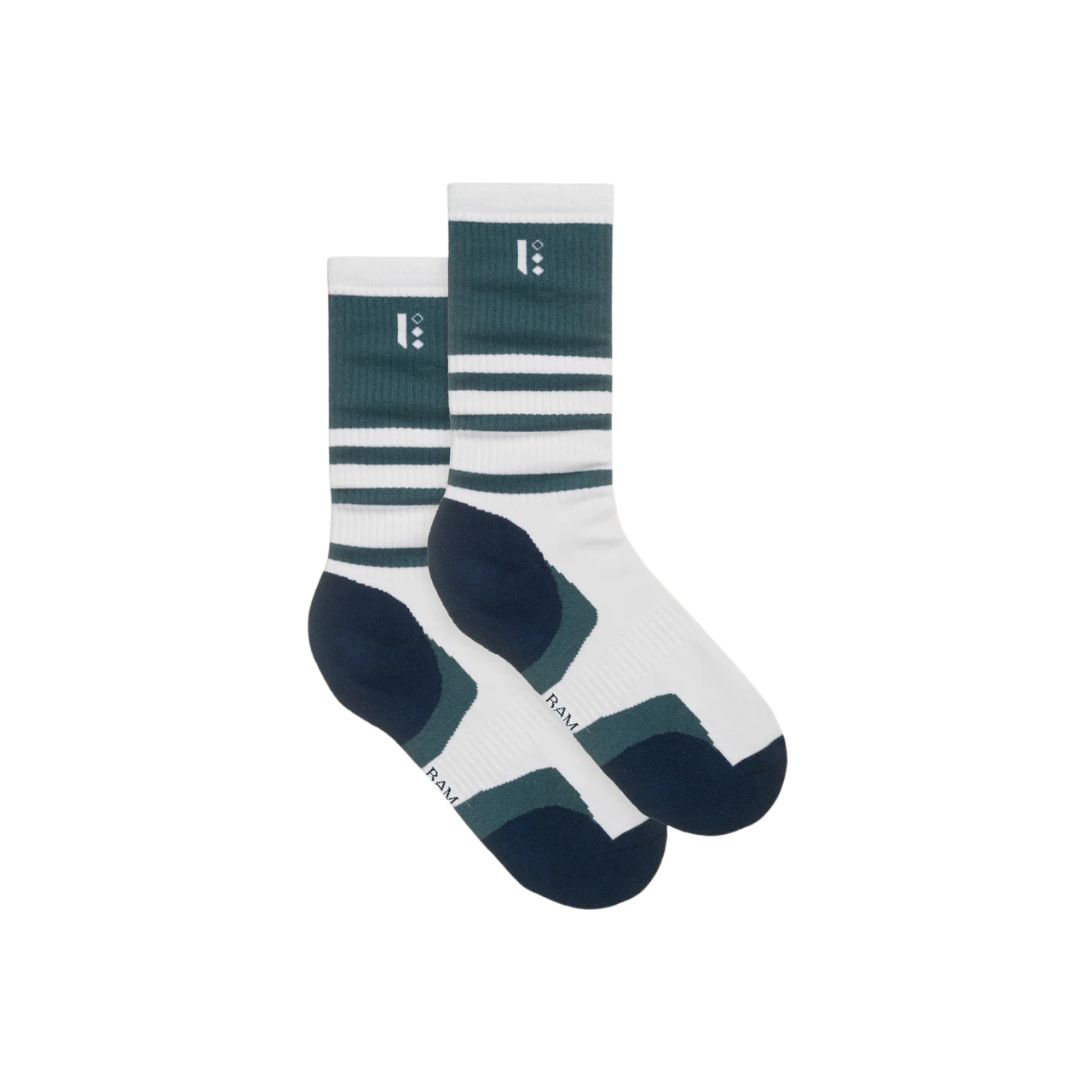
Every Pilates girl needs a decent pair of grip socks for balance and stability, and these BAM ones are just the ticket. Gorgeous colourways combined with great functionality means you'll have your every (foot) need covered.
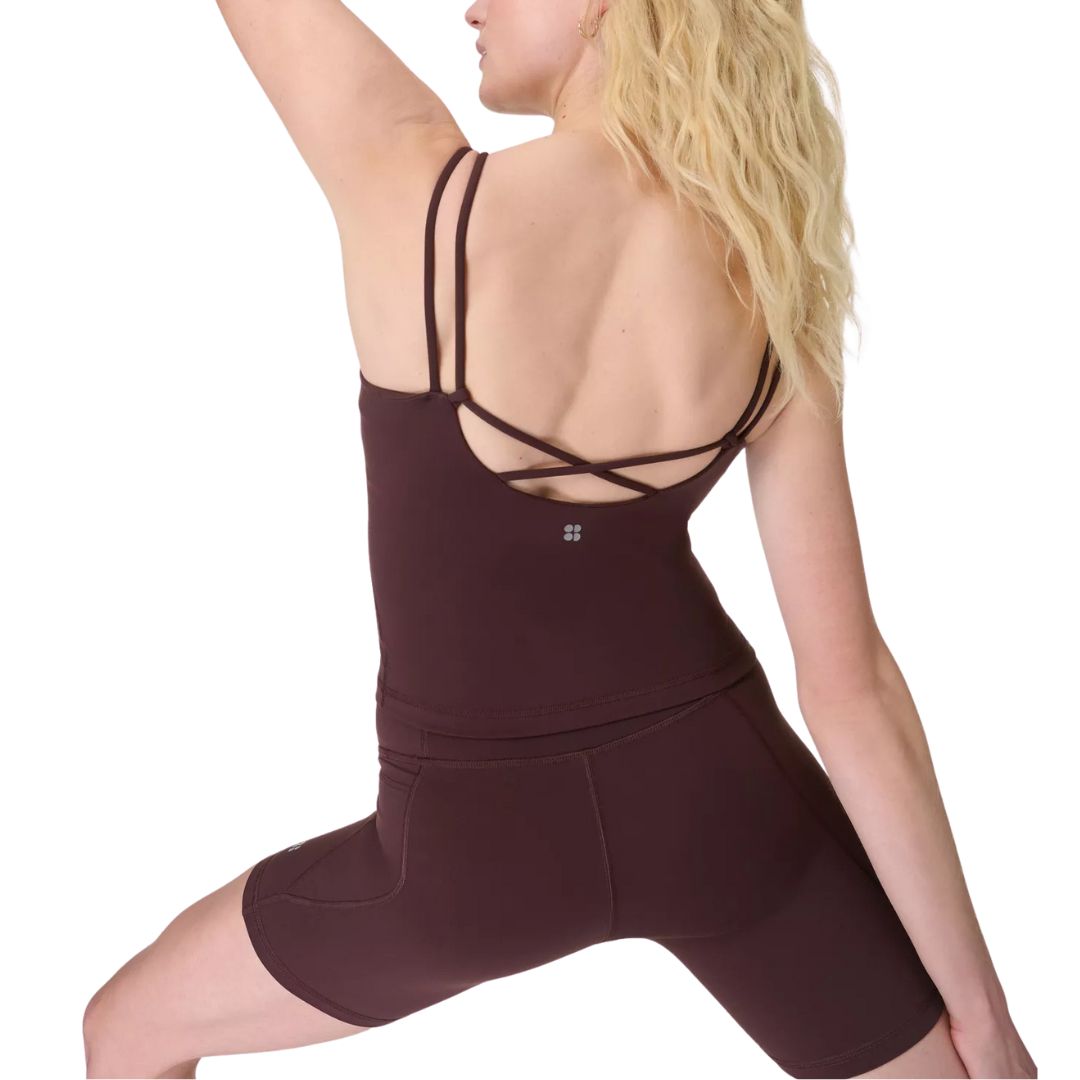
One of the (many) fab things about Pilates is that it's low-impact, meaning you can get away with a medium support bra or crop top. Sweaty Betty's Ultimate strappy vest covers all bases: softly supportive cups are built in, so there's no need for a separate bra to come between you and your practice.

We can't get enough of the spring colourways at cult favourite Adanola right now, and their Ultimate leggings are perfect for whatever your day has in store. From Pilates to brunch to WFH, they'll keep you cool and supported in style.
How does modern Pilates differ from the classical moves?
"Classical Pilates sticks closely to the original sequences and orders developed by Joseph Pilates," notes Warburton. "It’s precise and consistent, with a strong focus on spinal alignment and core control. Modern Pilates, on the other hand, is more adaptable. There’s more freedom to layer movements, play with tempo, and tailor sequences to suit individual needs or to fit specific goals (like pre/postnatal fitness, glute activation, or upper body sculpting).
"I personally love Modern Pilates for its pulsing rhythm, creativity and the space it allows for progression, though I have huge respect for the classical method, which remains the foundation of everything we teach today."

Anna Bartter is a freelance journalist who writes about health, fitness and women's lifestyle for publications including Stylist, Metro and Psychologies, among others.
She's always on a quest to find a variety of fun and functional workouts that give you the most bang for your workout buck and she's passionate about championing movement for everyone's mental and physical wellbeing.
-
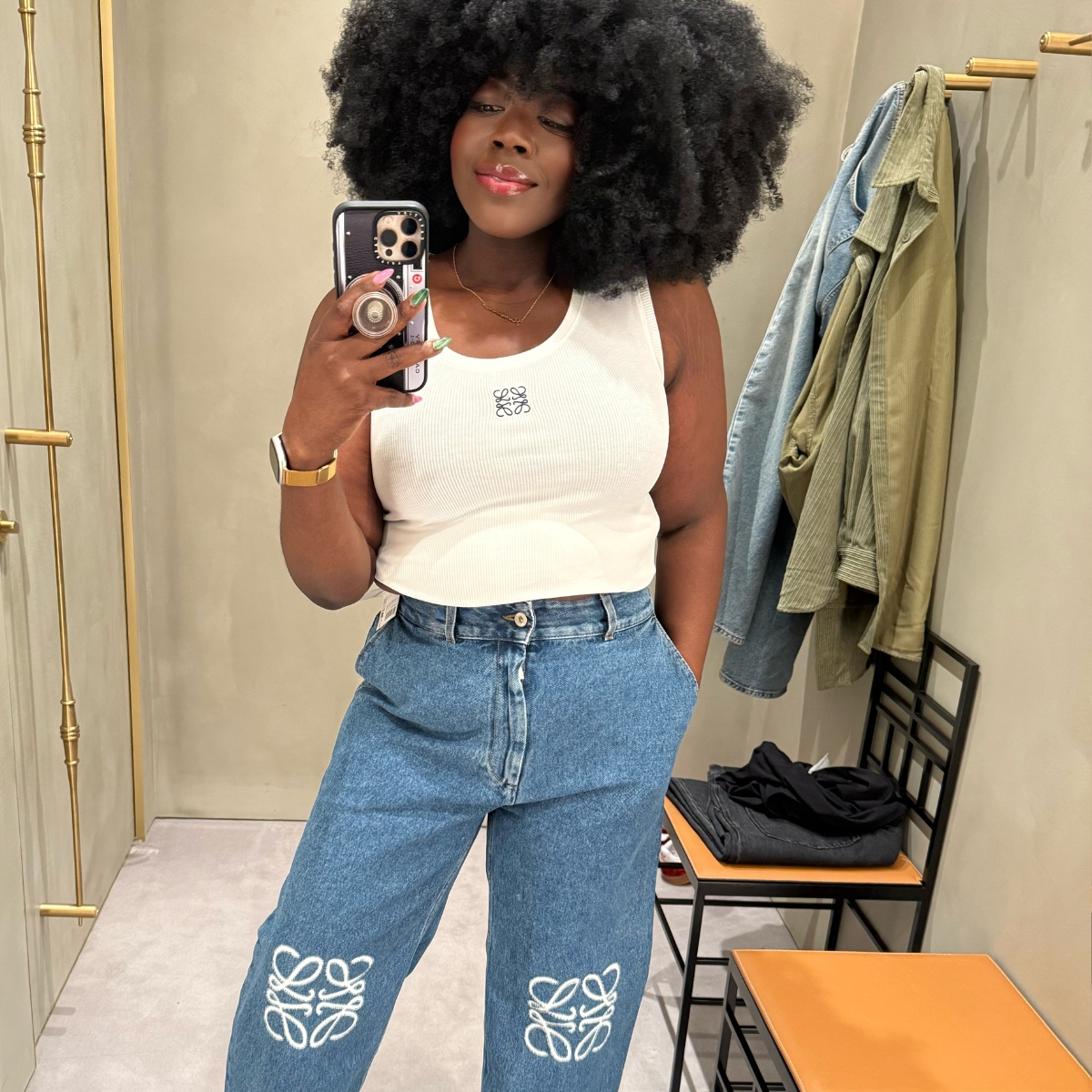 I’m a size 18 Fashion Editor—these are the most flattering plus-size jeans I’ve tried
I’m a size 18 Fashion Editor—these are the most flattering plus-size jeans I’ve triedCurve denim that's worth every penny
By Stephanie Yeboah
-
 This sunscreen leaves my skin so glowy—it’s basically replaced most of my makeup-bag
This sunscreen leaves my skin so glowy—it’s basically replaced most of my makeup-bagForget the foundation...
By Mica Ricketts
-
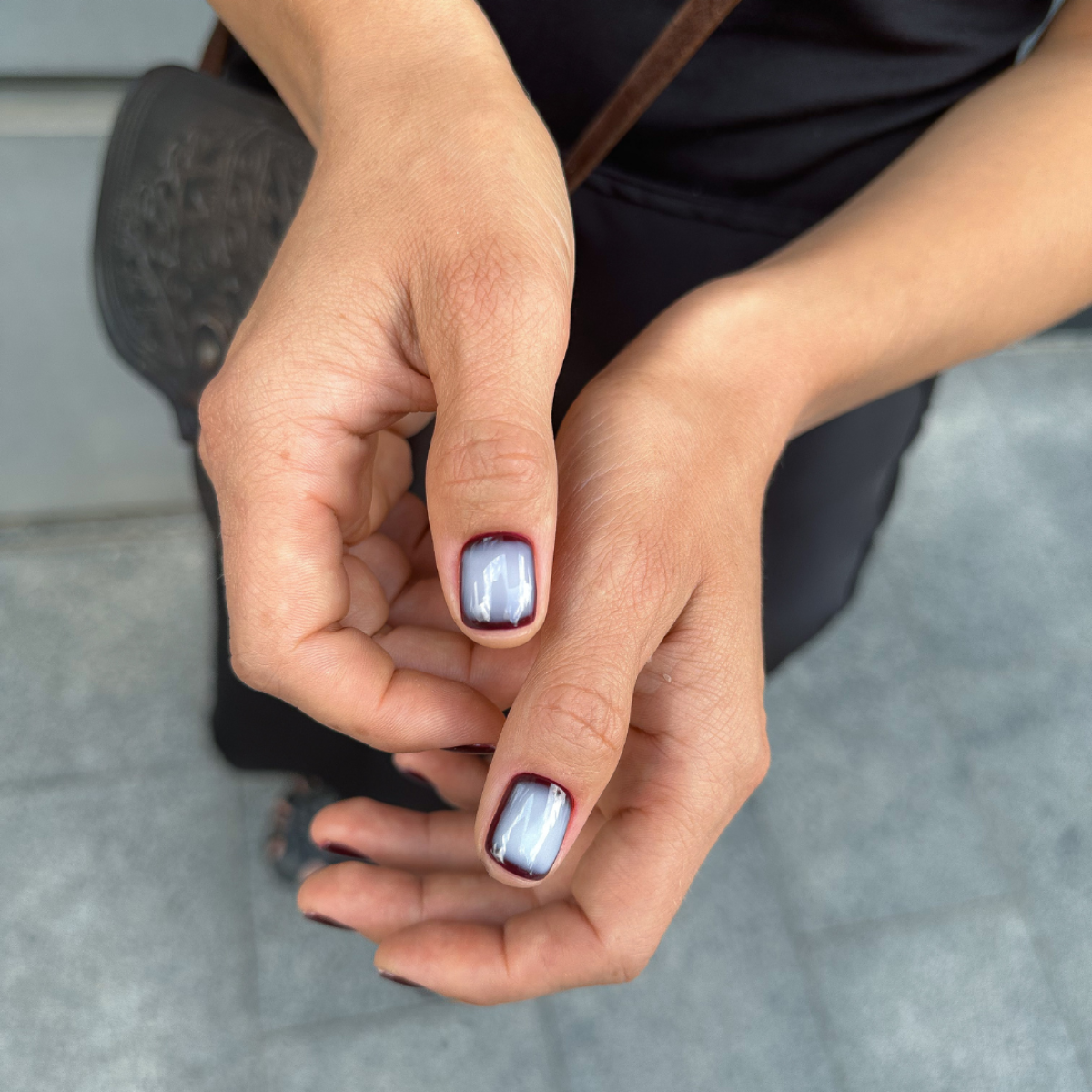 All the cool girls I know are wearing 'stained glass nails' for spring
All the cool girls I know are wearing 'stained glass nails' for springTry something different at the salon
By Rebecca Fearn
-
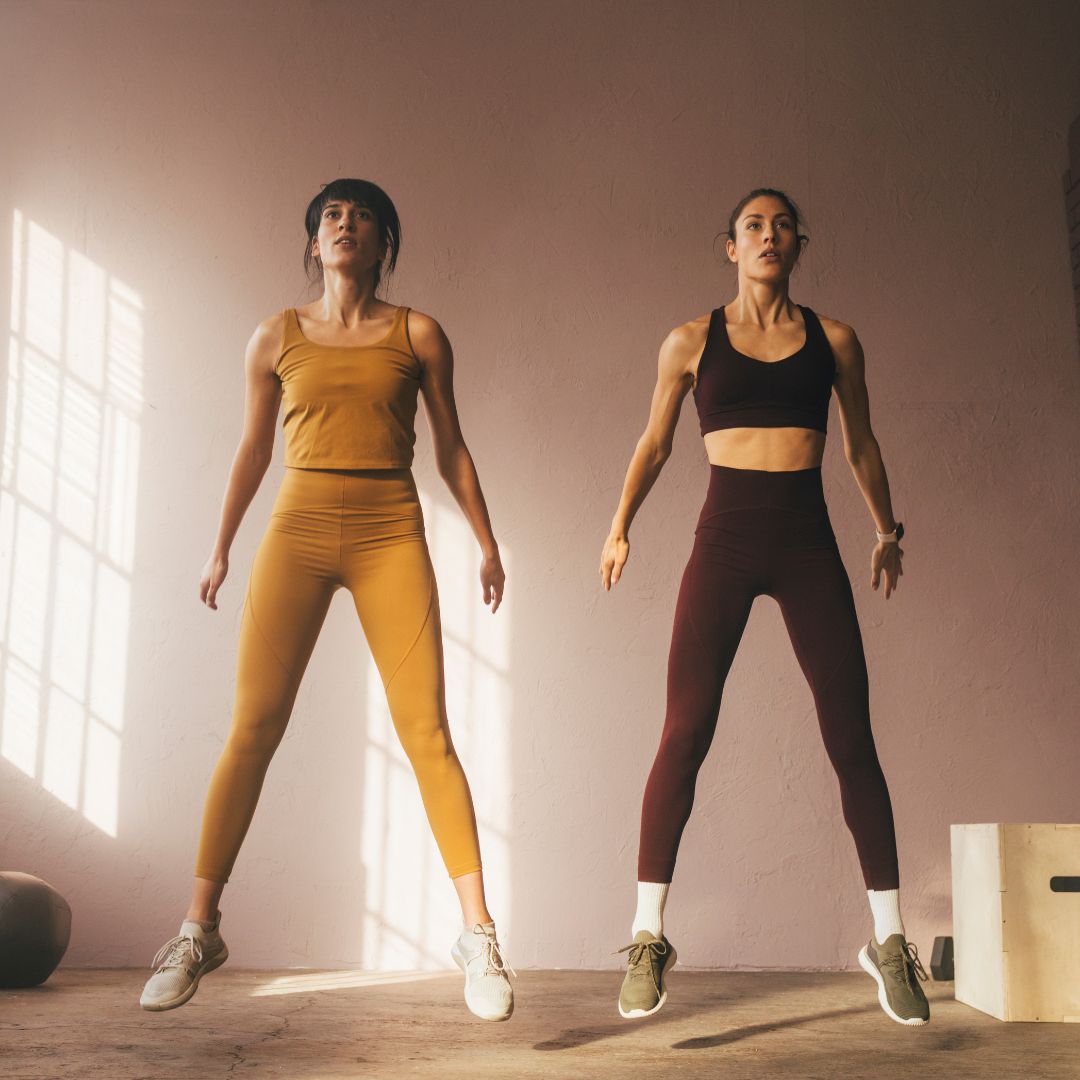 Jump training workouts are being hailed as the best longevity workout you can do - a top personal trainer shares their guide
Jump training workouts are being hailed as the best longevity workout you can do - a top personal trainer shares their guideJump to it...
By Katie Sims
-
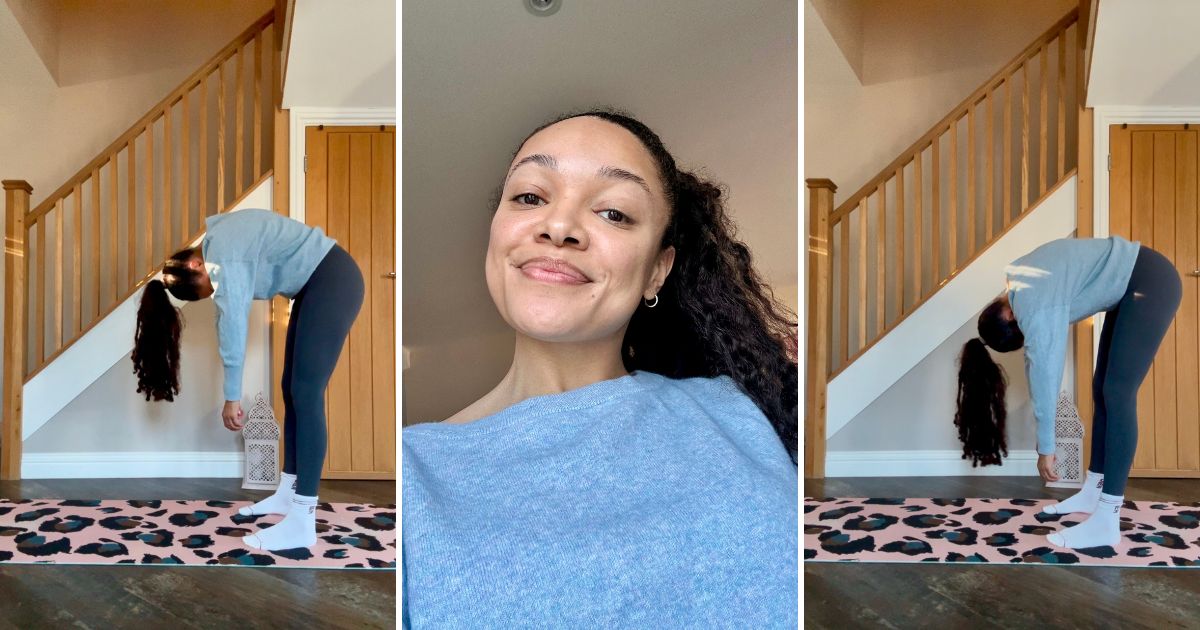 I tried Pilates roll-downs every day for a week - and was amazed at how quickly it eased years of stiffness
I tried Pilates roll-downs every day for a week - and was amazed at how quickly it eased years of stiffnessConsider my spine more mobile than before.
By Rebecca Shepherd
-
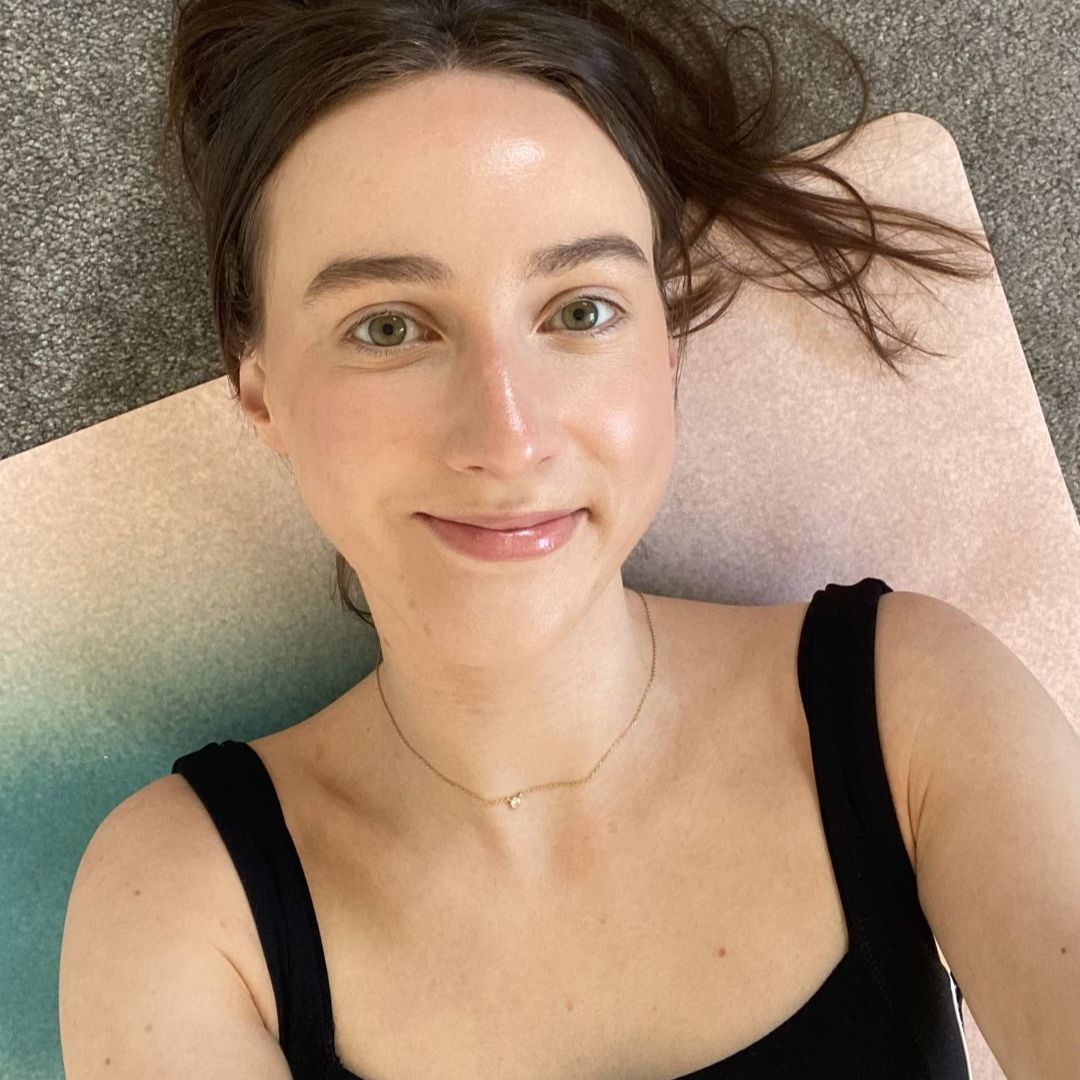 I tried Pilates scissors, the raved-about Pilates move - and think it's the best combination of stretching and strengthening ever
I tried Pilates scissors, the raved-about Pilates move - and think it's the best combination of stretching and strengthening everTrust me, this one's worth trying.
By Katie Sims
-
 Power walking is the latest trending workout - and it promises to supercharge your health in the simplest way
Power walking is the latest trending workout - and it promises to supercharge your health in the simplest wayKeen to find out more? Step this way...
By Rebecca Shepherd
-
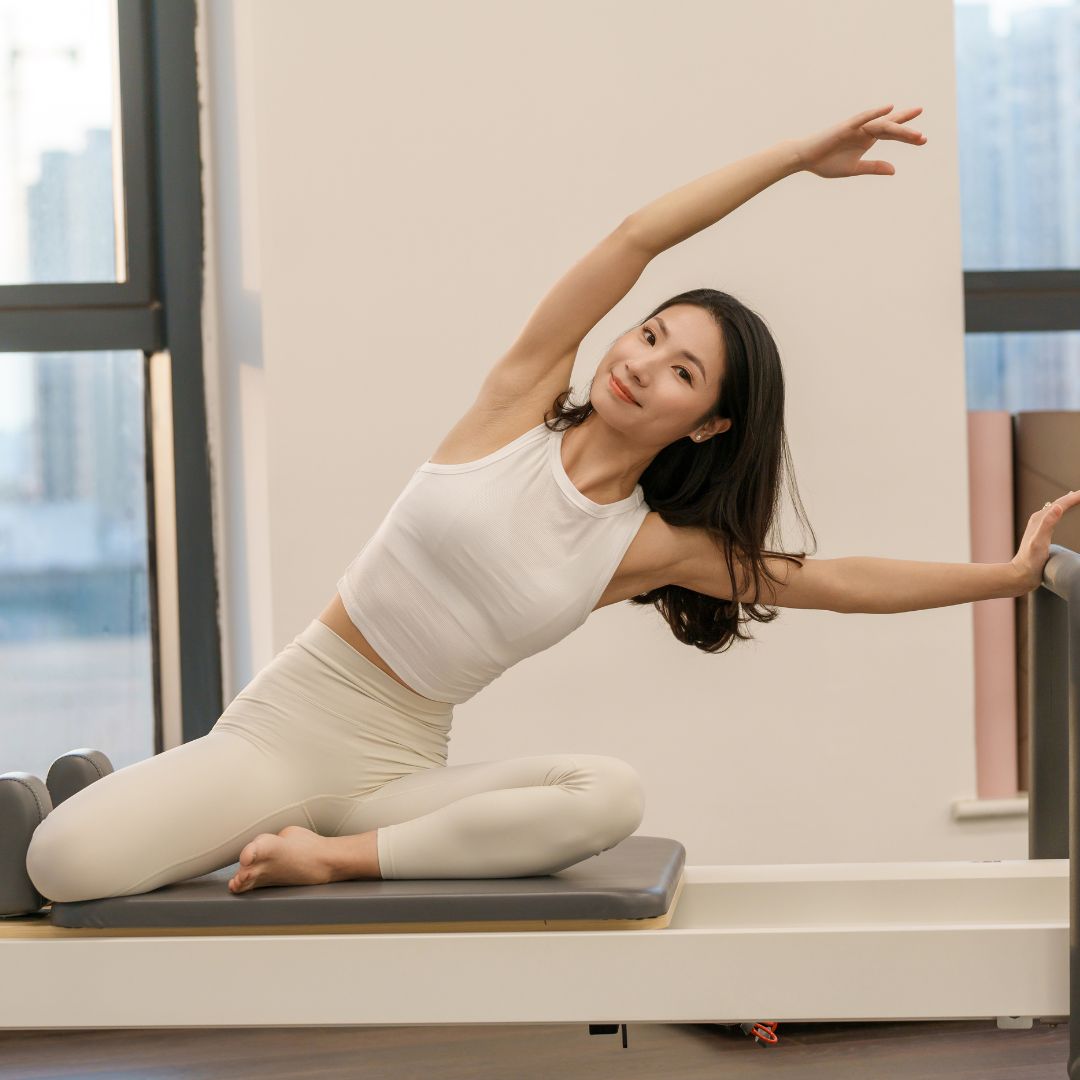 Eager to build a strong, stable core from home? 7 advanced Pilates core exercises that coaches do themselves
Eager to build a strong, stable core from home? 7 advanced Pilates core exercises that coaches do themselvesStability, strength *and* control? It's a yes from us.
By Anna Bartter
-
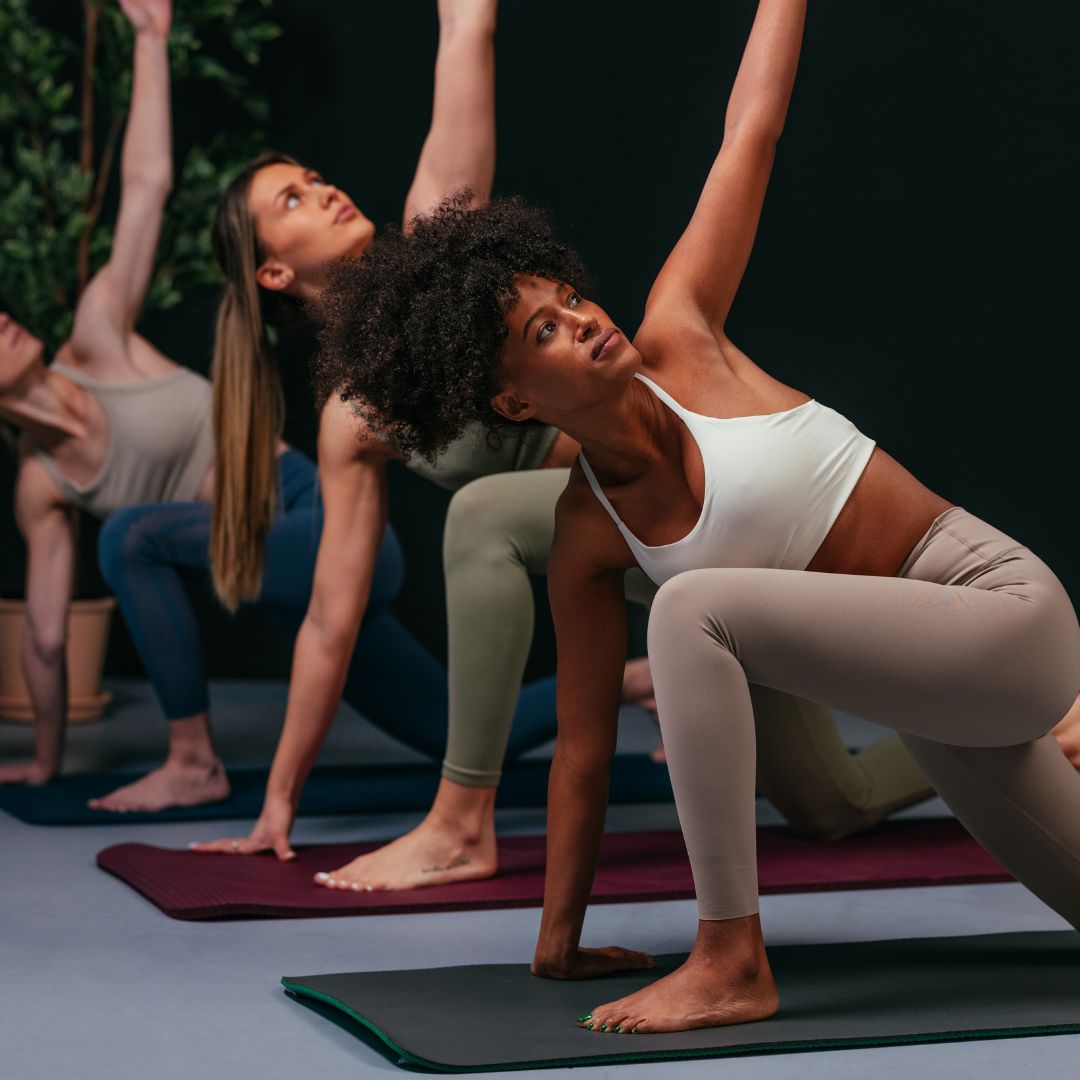 Classical Pilates is raved about worldwide as the most effective type of Pilates you can do - 8 exercises that instructors recommend
Classical Pilates is raved about worldwide as the most effective type of Pilates you can do - 8 exercises that instructors recommendTried, tested and trusted moves.
By Katie Sims
-
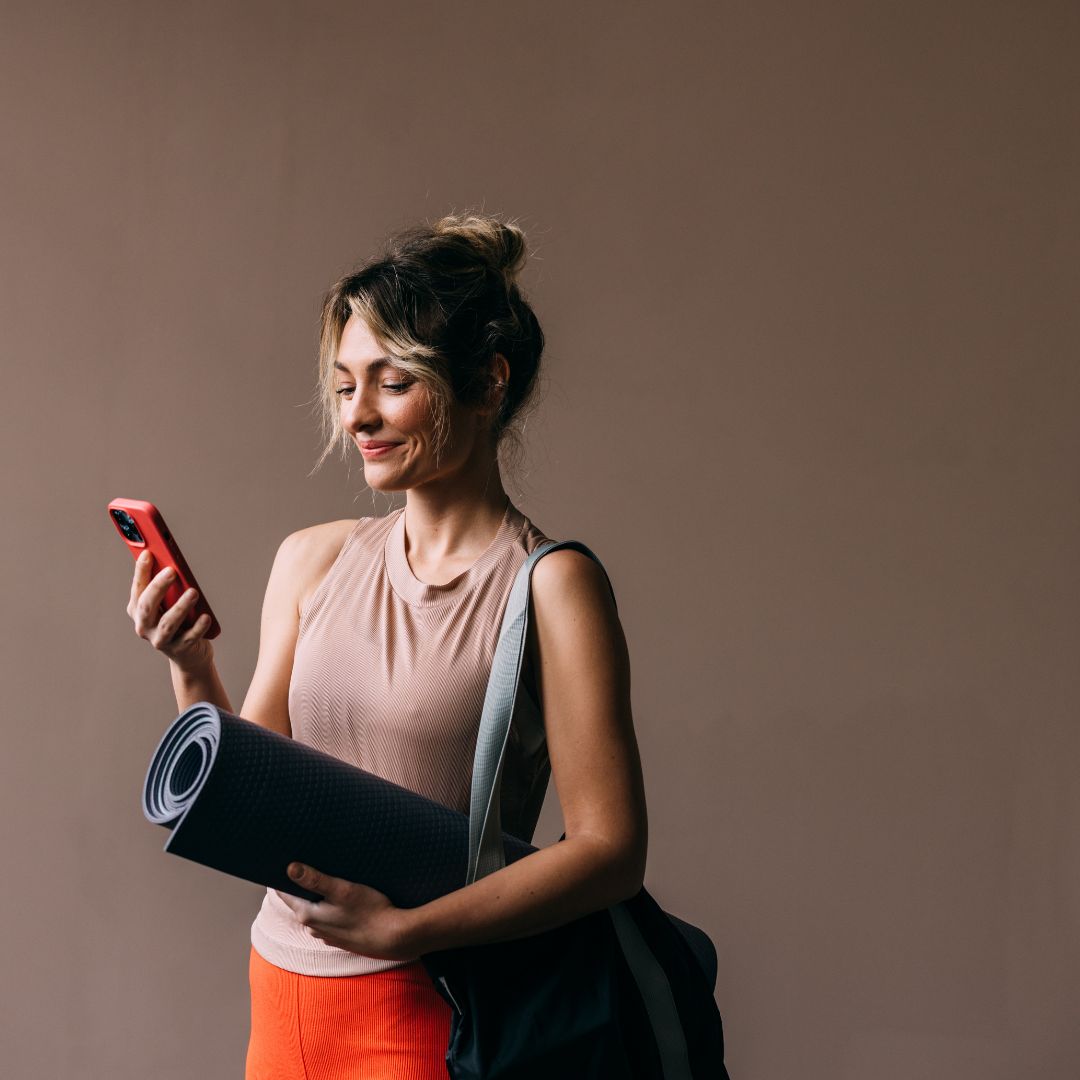 Fan of low-impact sessions? These are officially the 7 best Pilates apps for boosting strength, tone and mood
Fan of low-impact sessions? These are officially the 7 best Pilates apps for boosting strength, tone and moodYou can thank us later.
By Katie Sims
-
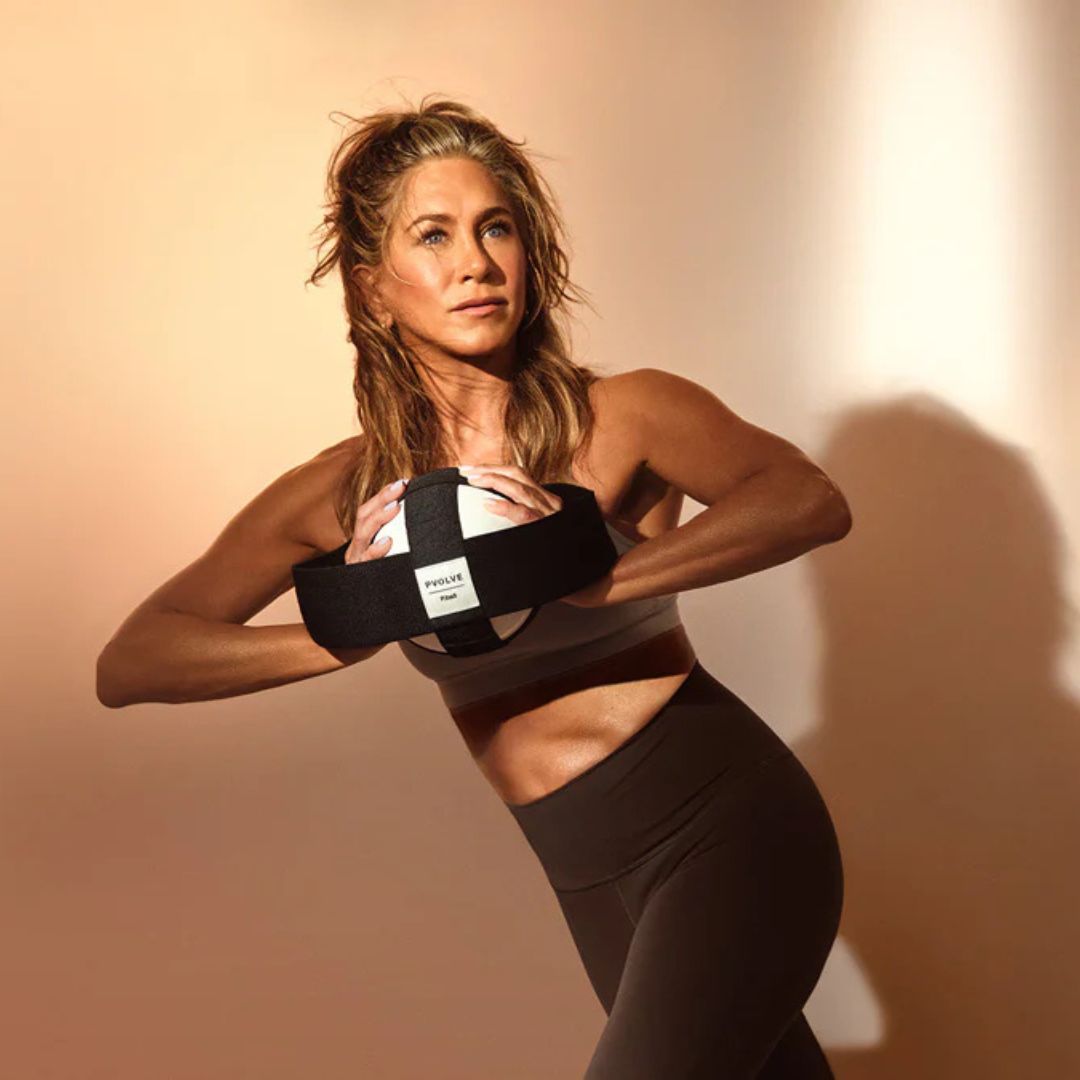 It's the trending workout of the moment and Jen An's go-to - but what actually is Pvolve and is it effective?
It's the trending workout of the moment and Jen An's go-to - but what actually is Pvolve and is it effective?Workout like an A-lister - because you're worth it.
By Anna Bartter





